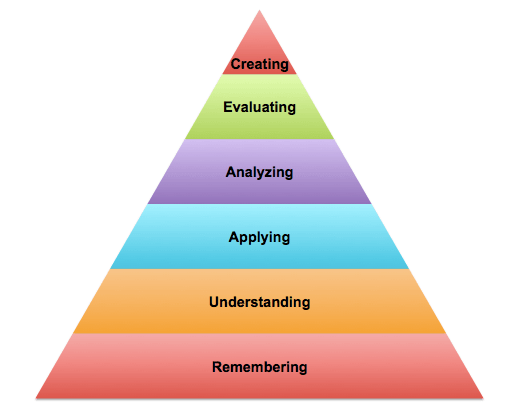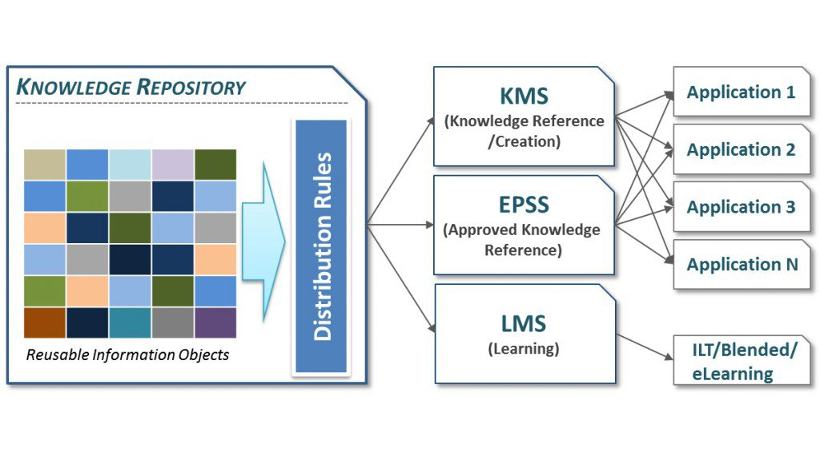The result of learning is knowledge. Our brains store and retrieve this knowledge. However, our brains are not mere databases of individual knowledge records. They are organic and alive, full of specialized tissue, blood, electrical impulses, and chemicals. The way our brains process knowledge is dynamic and multifaceted.
Our learned knowledge is stored in long-term memory organizational structures known as schemas (early schema theorists include Immanuel Kant, Frederic Bartlett and Jean Piaget). A schema is a collection of related and interconnected knowledge. If you are a nurse, you have a nursing schema. When you acquire new nursing knowledge, it is stored into this schema. However, it is not just stored. It is connected and integrated with the other schema knowledge. This integrated capability provides you the ability to recall and put to use all of the knowledge relevant to your work.
How can we use this knowledge to facilitate learners’ schema-building process through instructional design?
Benjamin Bloom’s cognitive domain taxonomy of learning objectives provides us a guide. This taxonomy consists of six levels, and is presented here in a revised version developed by Lorin Anderson and associates:
- Creating – new meaning or structure from more basic elements
- Evaluating – appraising and judgments creating new meaning or structure from more basic elements
- Analyzing – examination leading to conclusions
- Applying – use learning to solve problems
- Understanding – comprehension of knowledge
- Remembering– fact-based information
These six levels advance from higher to lower order thinking skills. Fact-based remembering is the simplest, while creating is the highest. All the levels have value, and the higher levels cannot be obtained until the lower ones are accomplished.
So what do these levels have to do with developing a schema? These levels can be used as a schema development process. A newly developed schema will only contain relatively simple fact-based knowledge. A simple job aid is an example if an instructional product that provides this level of knowledge. The most developed schema allows higher-level performance. Experts or masters have achieved these higher levels.
How do we incorporate these concepts into our work? When designing, first consider at what cognitive level your learners need to reach to accomplish your learning objectives. Then make sure your instruction includes activities and evaluations that achieve these levels. Ruth Clark and Richard Mayer, in their book E-Learning and the Science of Instruction, state that “All of these processes require an active learner – one who selects and processes new information effectively to achieve the learning result” (pg. 44). When properly designed and implemented, e-learning is well suited to this task. Its rich capabilities enable us to design the activities learners need to actively take charge of their learning and maximize their schema development process.
Here’s an example of a set of learning objectives for a constitutional law class using all six levels of Bloom’s cognitive taxonomy:
- Remembering
Given a list of US Constitutional Amendment titles, you will be able to identify the primary subject of each of them. - Understanding
Given your book’s descriptions and interpretations of the US Constitutional Amendments, you will be able to write a summary of each one’s significance. - Applying
Given a case identified as constitutionally germane, you will be able to write your determination of which amendment(s) is/are relevant. - Analyzing
Given a case, you will be able to analyze it and state if and how it includes constitutional issues. - Evaluating
Given a court’s decision on a constitutional case, you will be able to appraise and then explain their reasoning and your opinion of the soundness of their judgment. - Creating
Given a client’s legal case, you will be able to determine if there are constitutional issues, and then write a court brief explaining your argument and reasoning.
Once you have clear objectives, the learning activities and evaluations needed to achieve them should be apparent. By structuring your design based upon how our brains work, learners will more easily and effectively learn, and are then prepared to put their knowledge to work. In addition, your instruction is less likely to cause cognitive overload, as described in the Make E-learning Easier: eLearners’ Brain Pain related article.
More about Bloom’s cognitive taxonomy (thanks to Deborah Ash, Ph.D. for these links):
- Here’s a more modern and revised version: Bloom's Digital Taxonomy
- Here’s a handy tool for writing learning objectives based upon Bloom’s taxonomy: Objectives Builder










